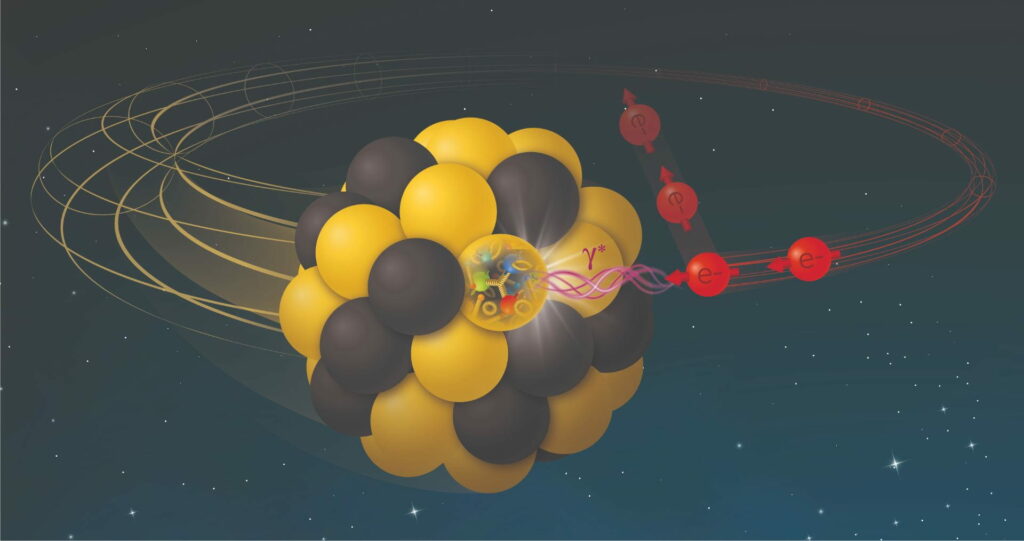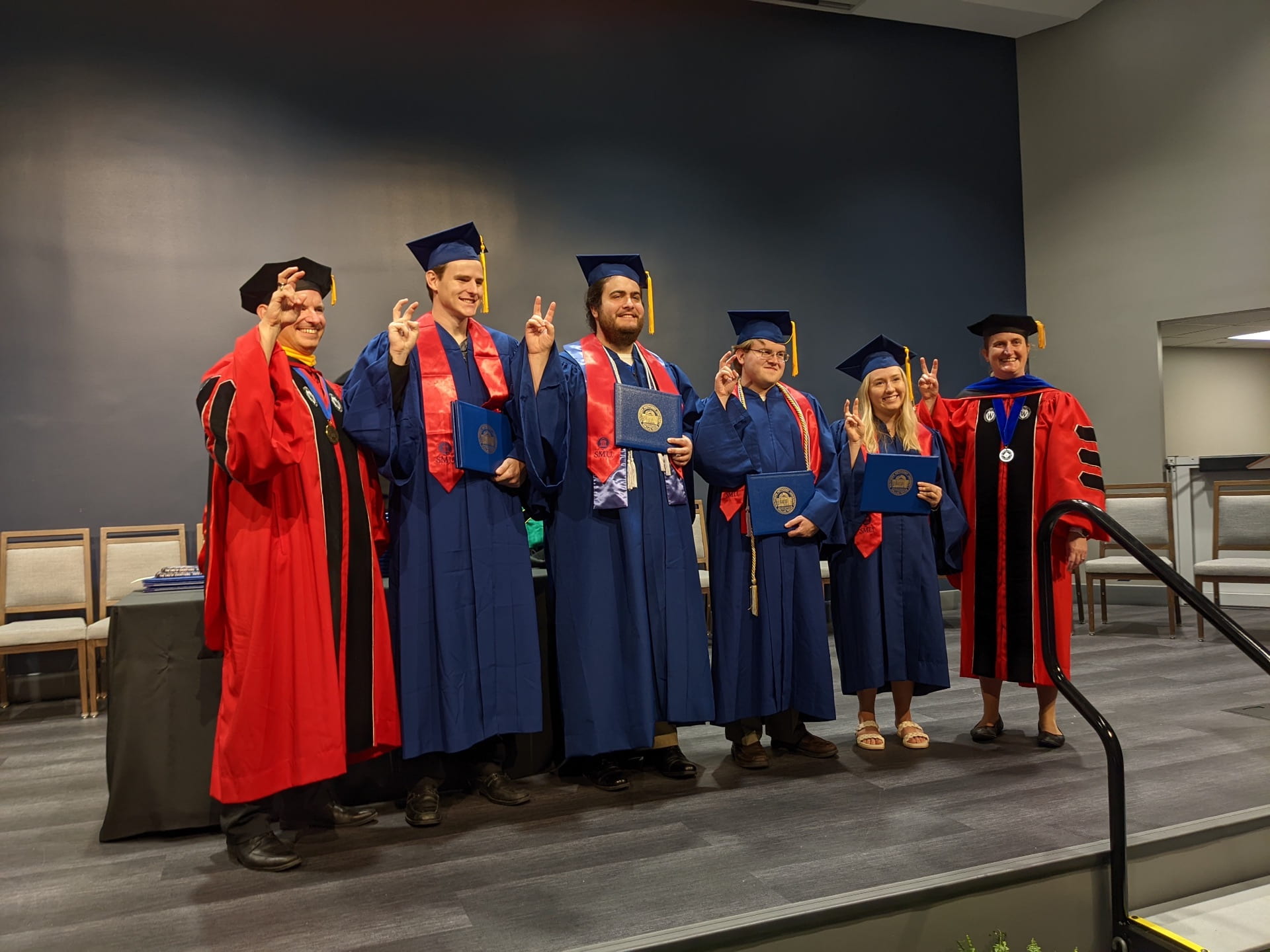The global nuclear and particle physics communities received wonderful news today: the Electron-Ion Collider project, to be sited at Brookhaven National Laboratory (BNL), achieved “CD-1” project status from the U.S. Department of Energy (DOE). A news release on this subject was made available by BNL.
CD-1, or “Critical Decision 1,” is the first most serious stage of project funding. It indicates that a project has “… authorization to begin the project execution phase, starting with preliminary design.” The federal government and the state of New York are partners in moving this project forward. While the construction of the EIC is expected to cost somewhere between $1.7-$2.0 billion, New York is contributing $100 million to ” … support the construction of new infrastructure at Brookhaven Lab, including buildings and roads essential for the EIC.” The EIC would, if it continues to meet project milestones, complete construction by the early 2030s and operate through the 2030s.
Information from the EIC is crucial for at least two reasons. The first and foremost is that our fundamental understanding of the structure of the nucleus lacks crucial details. A good example of this is that we still don’t have a clear understanding of how all the matter building blocks of nature, most especially the quarks, contribute to the proton and neutron structure. This includes basic properties like the mass of the proton or the spin of the proton. Despite having the fundamental theory of the nucleus for over 40 years, more data are needed to bridge the gap between that theory and the reality of the atomic nucleus.
Another crucial aspect of this program is its need to inform the Large Hadron Collider program through the 2030s and 2040s. The LHC relies on proton collisions to produce particles like the Higgs boson. A precision (1%-level) understanding of Higgs properties demands a precision understanding of the proton … which we presently lack. The EIC will enable the LHC measurements in the next 20 years.
SMU is increasingly involved in the EIC. Profs. Pavel Nadolsky and Fred Olness provides key theoretical motivations for the construction of a facility like the EIC and have been instrumental in helping to make the case for this program. Together with Profs. Nadolsky and Olness, I am a member of the EIC User Group – an affiliation of physicists with the intention of making use of the EIC through experiments and making use of EIC data to inform theory (and vice versa). My former student, Jared Burleson, included a study of particle jets at the EIC in his senior thesis.
In addition, I am a member of the newly formed ATHENA Experimental proto-collaboration (ATHENA stands for A Totally Hermetic Electron-Nucleus Apparatus). I serve on ATHENA as the co-convener of the Jets, Heavy Flavor, Electroweak, and Beyond-the-Standard Model Physics Working Group. We are engaged in an exercise to draft a proposal for a formal experiment, ATHENA, due to the US DOE by December 1 of this year.
These are exciting times for the pursuit of a deeper understanding of the nucleus, the proton and neutron, and for collider physics in the United States. EIC will be a one-of-a-kind collider and will provide unparalleled data samples that enable unprecedented precision study of the nucleus.




